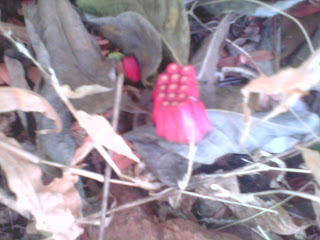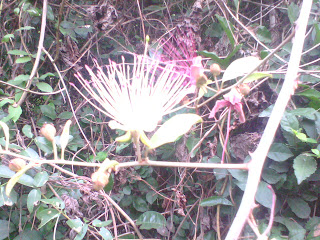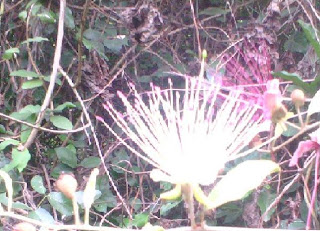Annona squamosa, commonly known as the sugar-apple, custard apple, or sweet sop, is a tropical fruit-bearing tree native to the tropical Americas and West Indies but cultivated in many tropical and subtropical regions worldwide. The fruit is a member of the Annonaceae family, which includes several other delicious and exotic fruits.
Here are some key characteristics and information about the Annona squamosa fruit:
1. Appearance: The fruit typically has a green, scaly, or knobby skin, which can vary in texture and color. The skin may be slightly bumpy or have prominent protrusions. The fruit is generally round or heart-shaped, and it can be anywhere from a few inches to several inches in diameter.
2. Flavor: The flesh of the sugar-apple is sweet and custard-like, with a creamy texture. It has a unique flavor that is a combination of flavors resembling banana, pineapple, and strawberry. Some people also describe it as having a hint of vanilla.
3. Seeds: Inside the flesh, there are numerous dark brown to black seeds embedded in the fruit. These seeds are not typically consumed, and the flesh is scooped out or eaten directly from the fruit.
4. Nutrition: Sugar-apples are a good source of essential vitamins and minerals, including vitamin C, vitamin B6, and potassium. They are also relatively low in calories and contain dietary fiber.
5. Cultivation: Annona squamosa trees thrive in tropical and subtropical climates with warm temperatures. They are sensitive to frost and do best in well-drained, fertile soil. The fruit is typically harvested when it reaches maturity and becomes slightly soft to the touch.
6. Culinary Uses: Sugar-apples are often eaten fresh, scooped out with a spoon, and enjoyed as a dessert or snack. They can also be used in smoothies, milkshakes, ice creams, and fruit salads. In some cultures, they are used to make beverages, jams, and desserts.
Other Names: In different regions, Annona squamosa goes by various names, including custard apple, sweetsop, and sitaphal



Chine rose | gudhal | Hibiscus rosa-sinensis video

7. Health Benefits: The fruit is not only delicious but also offers various health benefits due to its nutritional content. It can help boost the immune system, aid in digestion, and contribute to overall well-being.
8. Medicinal Uses: Some traditional medicinal practices use different parts of the Annona squamosa tree for various purposes, such as treating diarrhea, dysentery, and skin conditions. However, it's important to consult with a healthcare professional before using it for medicinal purposes.
Sugar-apples are a popular and delightful tropical fruit enjoyed in many parts of the world. If you have access to this fruit, give it a try and savor its unique flavor and creamy texture.


Chine rose | gudhal | Hibiscus rosa-sinensis video






